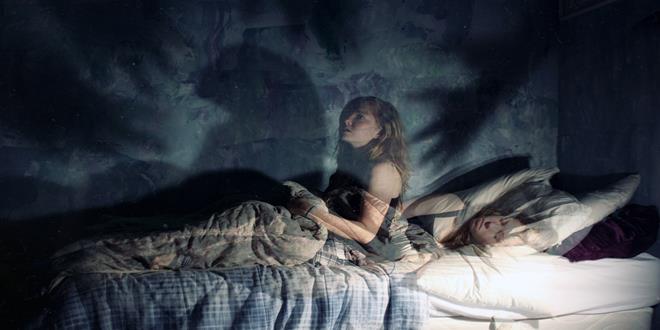Before explaining the paralysis of sleep, when we wonder what sleep is, how would we define this phenomenon?This question is not easy to answer, at least from a non-academic point of view. Still, it can be said that sleep is a fundamental physiological function.
Thus, sleep is defined as a functional, reversible and cyclic state, with some characteristic manifestations, such as relative immobility and/or an increase in the response limit to external stimuli. At the organic level, there are variations in biological parameters, accompanied by a change in mental activity that characterizes the act of dreaming?(Buela-Casar, 1990a).
- During sleep.
- There are significant changes in the functioning of the body.
- Including changes in blood pressure.
- Heart and respiratory rate.
- Body temperature and hormonal secretion.
- Among others.
- In addition.
- It has been observed that there are a large number of variables.
- Both physical and behavioral.
- That are largely responsible for many sleep disorders.
The international classification of sleep disorders includes four categories (Buela-Casar, 1990a):
In this article, we’ll focus on one type of parasomnia: sleep paralysis.
Paranormal events that some people claim to have gone through (evil attacks, mental visits, and kidnappings by aliens, among others) are likely to hide episodes of so-called sleep paralysis.
Sleep paralysis could explain stories about ghosts and aliens, as during the attack victims perceive this presence, usually harmful, with great intensity, in addition to having unusual kinetic sensations such as: being dragged out of bed, swinging, flying or falling.
These episodes can lead to extracorporeal experiments as much as possible. Sleep paralysis can land, but it will never be dangerous. Fortunately, their episodes last only a few seconds.
However, these events are not at all paranormal. Sleep paralysis is a temporary inability to perform any type of voluntary movement that occurs during the transition period from sleep to wakefulness.
This can happen when you start to fall asleep or wake up and is usually accompanied by a great feeling of anxiety, which usually lasts between one and three minutes, after which the paralysis ends spontaneously, which usually disappears automatically if the person is affected Although the affected individual cannot move, can see and hear normally and , in some cases, you can even make sounds.
As you can see, an episode of sleep paralysis is terrifying for the person with the disease and often remembers it with great anxiety.
“Sleep paralysis is a temporary inability to perform any kind of voluntary movement that occurs during the transition period between sleep and wakefulness. “
There are several symptoms that occur during these episodes, most of them are horrible for people with the disease:
Sleep paralysis is sometimes associated with other disorders such as sleep apnea and, mainly, narcolepsy, however, this usually occurs in isolation, when the person is suffering from a time of high stress or pressure.
What happens is that when you fall asleep, some neural circuits get very excited by stress, then nightmares happen and the person wakes up suddenly, however, the body does not react so fast because it is in the REM phase and therefore the muscles are not toned That is why the person cannot move, even if he is aware of what happens around him.
If you’ve ever had an episode like this, don’t worry, nothing strange happens, it’s important not to be afraid, which is not easy, when you remember the episode repeat that it was just a nightmare, something like a nightmare, just with your eyes open. This will give you peace of mind.
Bibliography? Heliz, M. (1994). How to overcome insomnia. Madrid: Pirimide. ? Buela-Casal, G. (2002). Suffering from disorders. Madrid: Summary.

